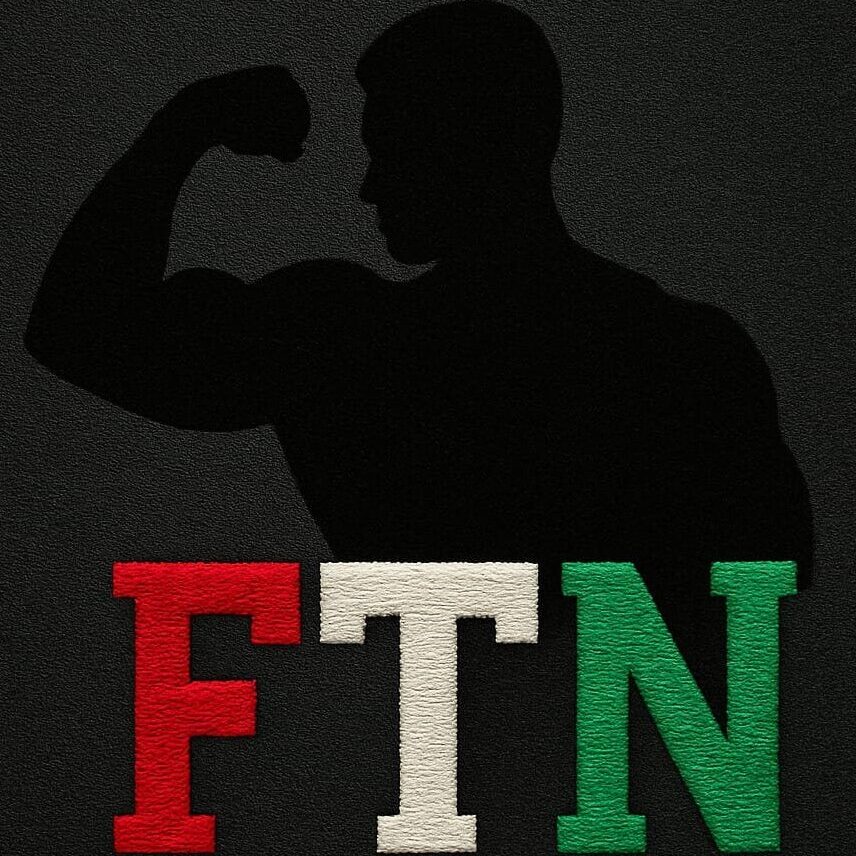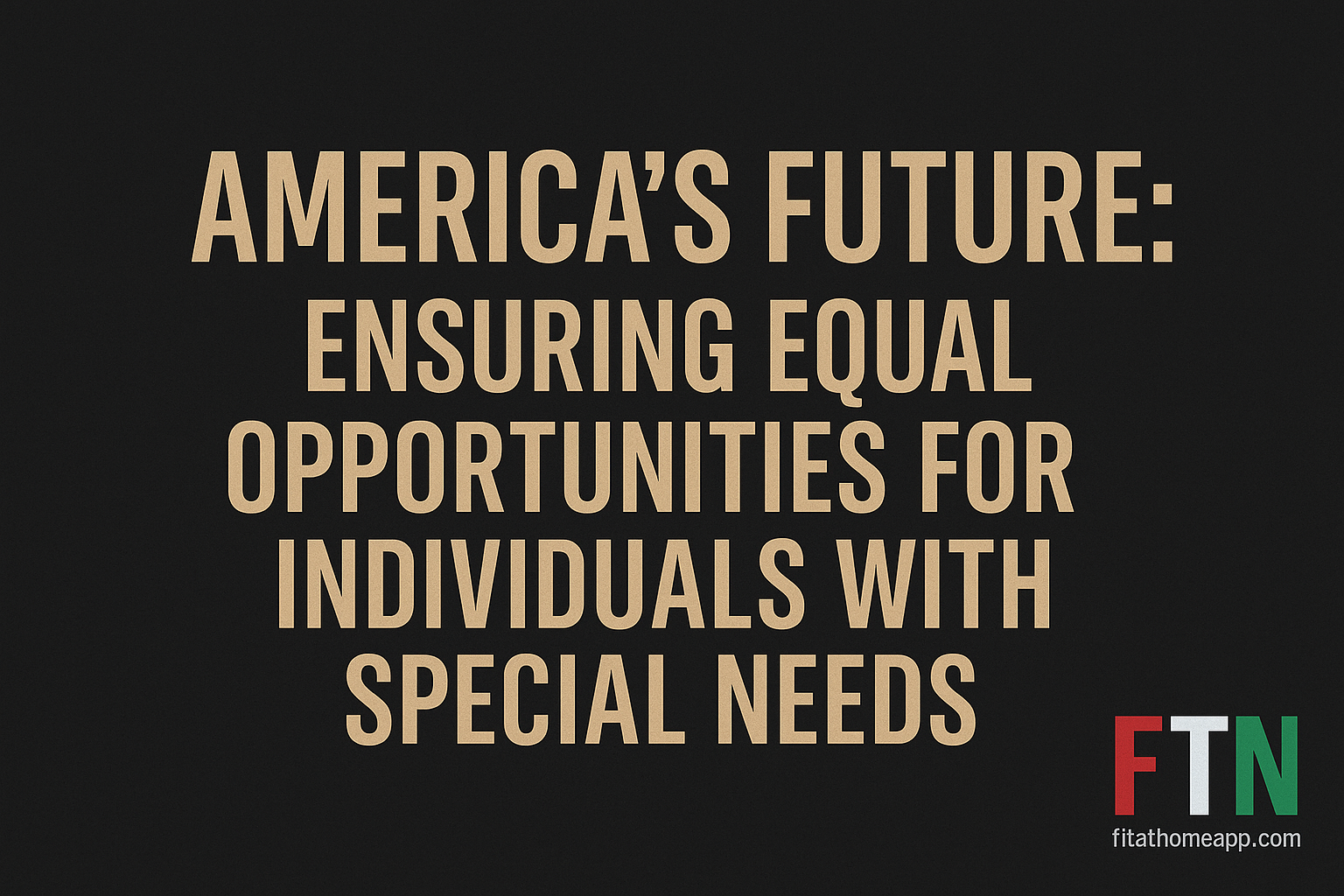Introduction to Special Needs and Equal Opportunities in America 🇺🇸
In a modern, inclusive society, equal opportunities for all individuals—regardless of physical, cognitive, or emotional differences—are more than just ideals; they are essential human rights. In the United States, individuals with special needs continue to face systemic barriers, despite the progress made through laws and social reforms. These challenges can affect many aspects of life, from education and employment to healthcare and social inclusion. 🌍
“Special needs” is a broad term that refers to individuals who require additional support due to physical disabilities, developmental disorders, sensory impairments, or chronic health conditions. While every person’s experience is unique, the common thread is a shared need for accessible environments and fair opportunities. Achieving equity involves more than compliance with laws—it requires genuine commitment to inclusion, awareness, and respect.
🏛️ A Look Back: How Far We’ve Come
Historically, people with disabilities were often marginalized or institutionalized, viewed as burdens rather than as valuable members of society. However, the tide began to turn with key legislation aimed at protecting their rights. In 1975, the Individuals with Disabilities Education Act (IDEA) established a legal framework to ensure all children with disabilities had access to a free and appropriate public education.
Then, in 1990, the landmark Americans with Disabilities Act (ADA) was signed into law. This act prohibited discrimination in employment, transportation, public spaces, and telecommunications, laying the groundwork for a more accessible and just society. The ADA made it illegal to deny individuals opportunities simply because of their disabilities, encouraging businesses, schools, and government institutions to adapt and accommodate.
Yet, legislation alone cannot erase long-standing bias or fully address every barrier. While these laws created essential protections, the journey toward true equality continues.
🚧 Persistent Challenges in Everyday Life
Despite progress, individuals with special needs still face significant hurdles that can limit their participation in daily life.
Educational Inequity 🎓: Many schools lack the resources or staff training needed to fully support students with disabilities. This often results in limited learning opportunities or inadequate accommodations. Although inclusion is the goal, students are frequently placed in segregated settings, missing out on critical social interactions.
Employment Discrimination 💼: Job seekers with disabilities face high levels of unemployment and underemployment. While laws exist to protect them, stigma and lack of workplace accessibility remain common issues. Employers may wrongly assume that individuals with disabilities are less productive or more costly to accommodate—despite evidence to the contrary.
Limited Accessibility 🚌: Physical spaces, public transportation, and digital platforms are still not fully accessible in many communities. This makes it difficult for people with mobility challenges, visual impairments, or other conditions to travel, access services, or even use essential technology independently.
Social Stigma and Isolation 🧠: Emotional and social barriers can be just as harmful as physical ones. Many individuals with special needs report feelings of isolation or being treated differently in social settings. Stigma can hinder personal growth, limit opportunities, and reduce self-esteem.
🎯 The Power of Inclusive Education
Inclusive education is one of the most powerful tools for achieving equal opportunity. When schools embrace diversity and actively support students with different learning styles and needs, everyone benefits.
A key strategy is the use of Individualized Education Programs (IEPs), which are customized plans developed by educators, specialists, and families. These plans identify a student’s unique strengths and challenges and outline goals and accommodations to help them succeed.
In addition, teaching methods such as Universal Design for Learning (UDL) promote flexibility and accessibility for all students, not just those with diagnosed disabilities. Peer collaboration, cooperative learning, and differentiated instruction help build empathy and encourage classroom communities that value all learners equally. 🧑🏫🤝
💼 Building Inclusive Workplaces
Creating a more inclusive workforce involves more than hiring individuals with special needs—it means cultivating an environment where they can thrive. This includes:
Making application processes accessible
Providing on-the-job training and mentorship
Offering flexible work arrangements
Educating all staff members on disability awareness and sensitivity
Many companies have discovered that inclusive hiring brings significant benefits. Diverse teams often perform better in problem-solving, foster creativity, and demonstrate higher morale. Employers like Microsoft and Walgreens have been pioneers in establishing disability-inclusive employment models that are both ethical and profitable. ✅
🏘️ The Role of Community and Support Networks
Support doesn’t stop at school or work—it extends into communities, homes, and public spaces. Community-based programs play a crucial role in improving the lives of individuals with special needs. These may include:
Peer support groups 👥
Adaptive sports or recreational programs ⚽
Inclusive community centers 🏡
Local government services and advocacy efforts
Families also rely on resources like Medicaid, Supplemental Security Income (SSI), and non-profit services to support long-term care, therapy, and daily living needs. Building a strong network around individuals with special needs ensures they have the foundation to lead independent and meaningful lives.
📢 Advocacy and Public Awareness: Changing the Narrative
One of the most impactful ways to support equal opportunities is by raising awareness and challenging outdated attitudes. Advocacy efforts—whether through grassroots campaigns, social media, or policy reform—can educate the public, influence lawmakers, and inspire change.
Teaching children about disability from a young age helps create a future generation that is empathetic, inclusive, and informed. Likewise, encouraging representation in media and leadership positions helps normalize disability and highlights the strengths, achievements, and contributions of people with special needs. 🌟
🌟 A Shared Vision for the Future
Ensuring equal opportunities for individuals with special needs is not just a legal obligation—it’s a moral imperative. As a society, we must continue breaking down barriers and building systems that empower every person, regardless of ability, to reach their full potential.
By improving access to quality education, supporting inclusive workplaces, and fostering compassionate communities, we pave the way for a better future for all. 💪
Every one of us has a role to play—whether through advocacy, education, hiring practices, or simply treating others with respect and understanding. Together, we can create a world where diversity is embraced, and everyone, regardless of their challenges, has the opportunity to thrive.
🧠 “Inclusion is not a favor—it’s a right. Let’s build a future where no one is left behind.”
The video provides a meaningful and thoughtful exploration of inclusion and equality for individuals with disabilities. It highlights how deeply rooted societal barriers—whether physical, attitudinal, or institutional—continue to limit the full participation of people with special needs.
The speaker uses clear language and a calm tone, making the content easy to follow for a broad audience, including educators, caregivers, policymakers, and the general public. The message strongly aligns with core principles of equity, dignity, and representation, which makes it an excellent supplement to any article discussing equal opportunity.
The real strength of this video lies in its emphasis on shifting the narrative from charity or sympathy to rights and empowerment—a message that deserves amplification.

